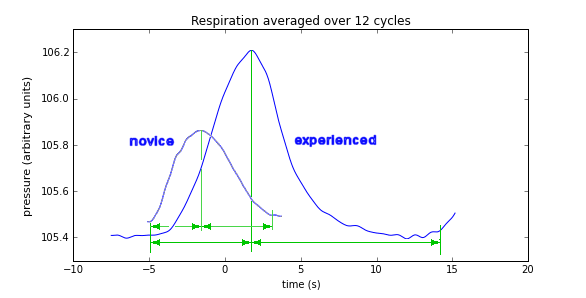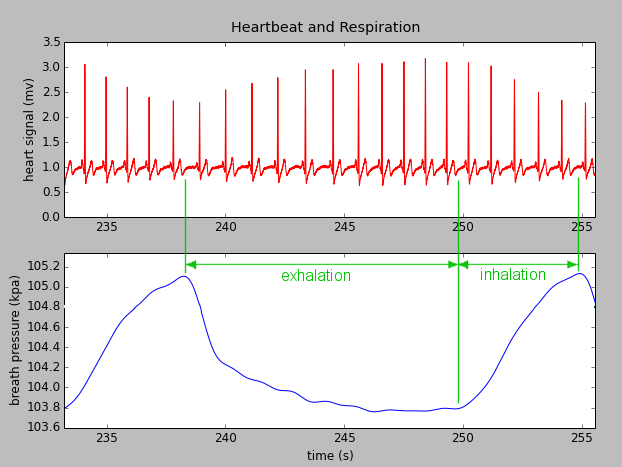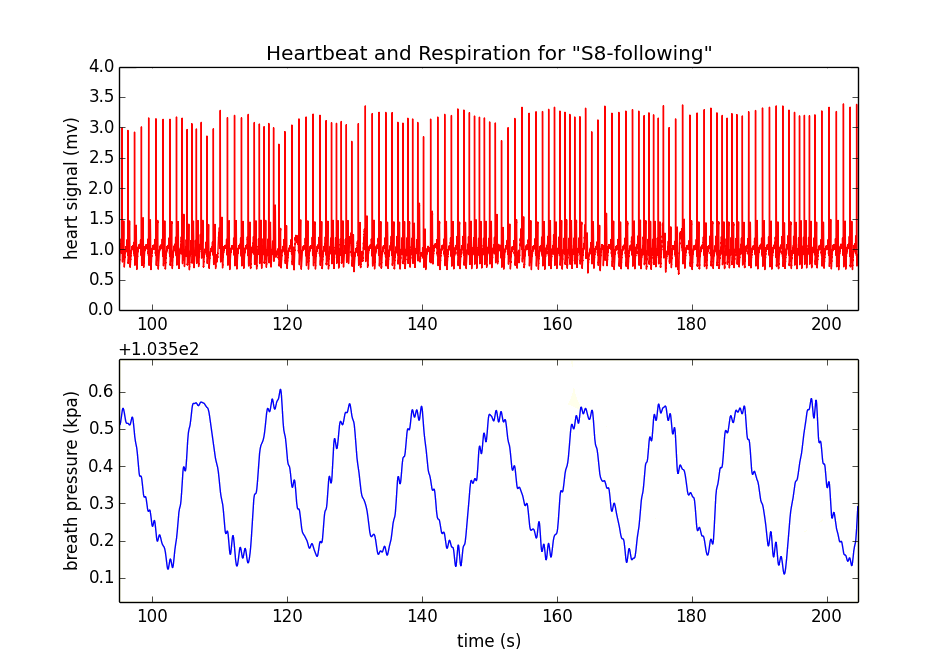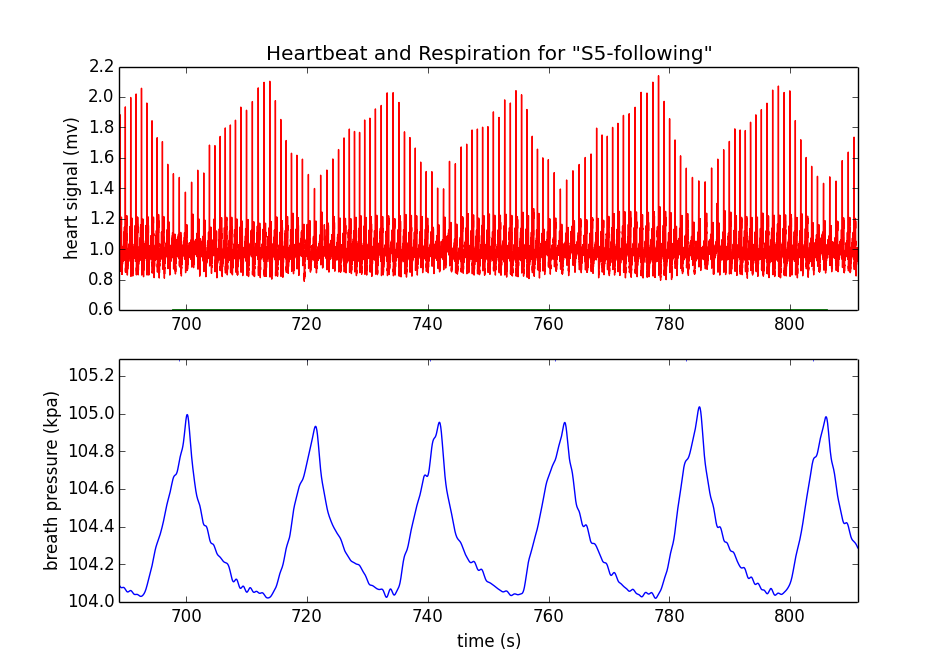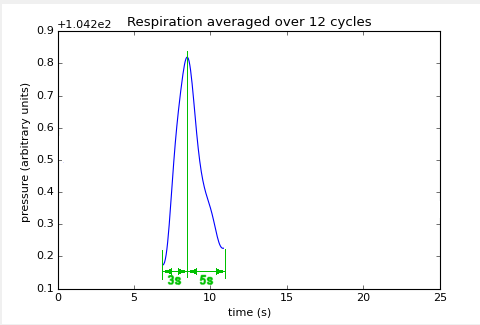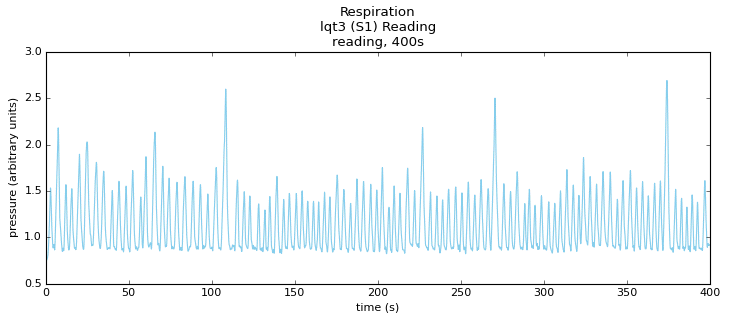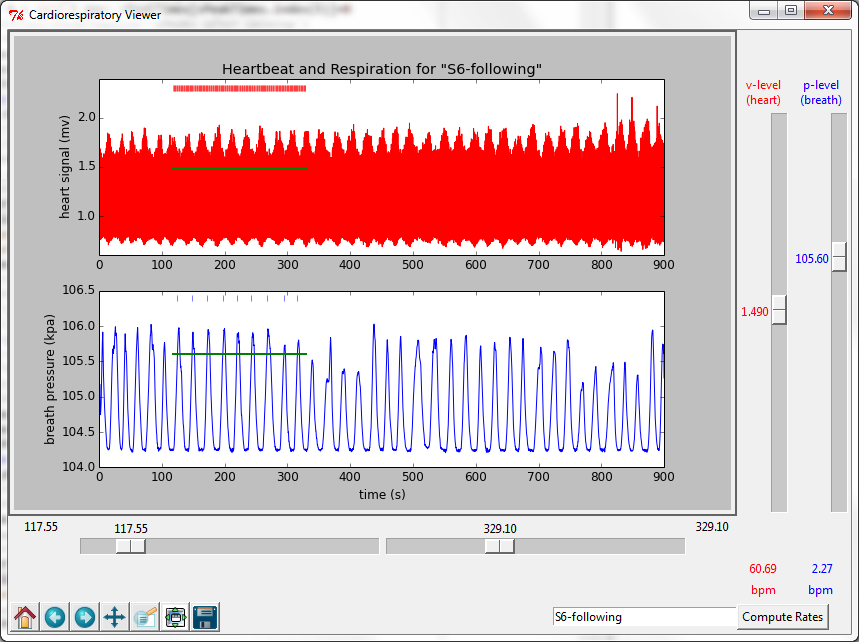For the past 15 years or so, I have maintained a daily meditation practice. My morning routine includes yoga stretching and 20-25 minutes of sitting meditation. During meditation, I usually start by counting my breaths. If and when my mind quiets down, I transition to following my inhalations and exhalations, and being aware of bodily sensations and sounds in the environment. Some days I’ll sit again just before bed. I find this routine is good for maintaining perspective on the concerns that come up during the day. It helps reduce frenetic mental activity and brings me to a place of calm.
In addition to daily practice, for several years I have participated in 7-day intensive meditation retreats, or sesshins, three or four times a year at the Tahoma Zen Monastery in Freeland, Washington. The daily schedule of sesshins includes about 7 hours of formal sitting zazen meditation plus “applied” zazen in activities such as chanting, silent meals, work, exercise and listening to a dharma talk by the Roshi, or Zen teacher. I find that after several days of meditation, such as during sesshin, my mind grows distinctly more calm. Generally, by the 3rd or 4th day, I experience periods of clarity in which the usual random jumping from one thought to another ceases and gives way to simple awareness free from internal dialog.
When I am not meditating, I tend to identify with my thoughts and feelings. The desire for a cup of coffee is MY desire. The insomnia is MY regret. The cramp in my leg is MY pain. Opinions about presidential politics are MY opinions. For me, counting breaths is a tool for disengaging from the identification process: desires, aversions, pain and opinions are what they are but the additional step of making them mine is optional. Meditation seems to reduce the feeling of drivenness of mental activity. If I find myself unable to maintain the count of breaths, it’s usually because I have become hooked on some random thought and caught on following a chain of connections from one thing to the next, far removed from the present moment. By gently returning to the awareness of the breath over and over again, these excursions gradually become less enticing.
Each day of a sesshin at Tahoma has a Golden Hour from 6:00 – 7:00 pm in which participants sit without changing posture for the full hour. Typically, I find that during Golden Hour the first 2-3 days, my practice is rather disrupted—I am pulled around by all kinds of thoughts. But by the 4th or 5th day, I can sometimes experience a clear mind. Occasionally I try to monitor this quality, by starting my count at the beginning of the hour and trying to maintain it for the full hour. Usually for the first few days of a sesshin, this is impossible—I frequently lose track of the count. But toward the end of a sesshin, I can sometimes count my breaths without interruption. The advantage of this technique is that I am less able to tell myself I am meditating when in fact I’m engaged in reverie.
I was surprised to find that I was having only 170-190 breaths in 60 minutes, or about 3 breaths per minute. It seemed much less than when I’m doing other things and not meditating.
One aspect of zazen instruction is deep breathing—on each exhalation to expel all the air from the lungs before taking an inhalation. Naturally, the inhalation brings in more air after a complete exhalation than it would during shallow breathing. I was interested in this experience of deep breathing at a slower rate and wanted to measure it with a recording device and see the data in a graph.
Questions:
